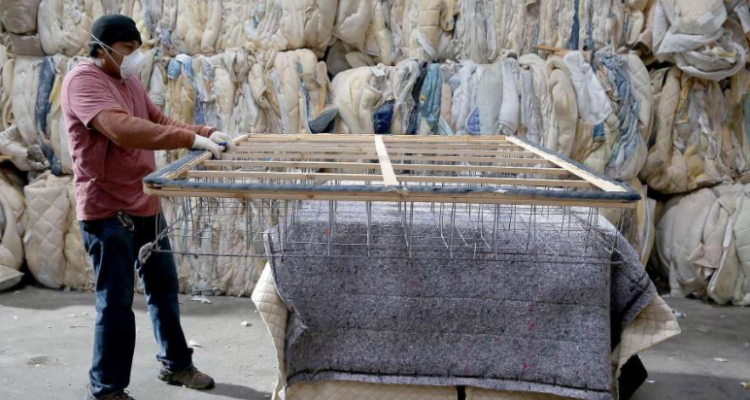Global landfills have a high percentage of spaces covered with old mattresses. This happens mostly because of people’s ignorance towards efficient dumping. In contrast to other household items, the mattresses are rather very tough to manage and remove. So before you dump the mattresses into the landfills next time, here are a few important facts that you must know:
Mattresses are tough to reuse
The mattresses when used over time, the dust constantly accumulate within them and house various pests and bugs. This poses larger risks of allergies and other illnesses. The mattresses, however, can be reused till the times it is not ripped or stained. Some mattresses are made up of dust-repellent chemicals and keep away bug infestation.
42% of mattress components become brittle over time
The major components of the mattresses constitute synthetic latex, textiles, and even foam. This makes up 42% of the weight of the mattress with covering 80%+ by its volume. After using it generously, these components break up into microscopic pieces and have a great impact during waste disposal.
85% of mattresses are recyclable
Before dumping every mattress in a landfill, it is to notice that about 85% of them are still recyclable. 48% box and steel springs, 28% foam, 14% fabric and fibers, and 5% box springs can be individually taken out and recycled for various purposes. These components can be used in making new steel, carpet padding, industrial filters, or even mulch.
Mattresses take centuries to decompose
The mattresses are designed in such a way that it helps it last for over decades without getting disintegrated. This also means that when tossed on landfills, they will not get easily decomposed. Plastic and foam components within them take some added decades to completely disintegrate.
Every tonne of mattress recycling saves 1.5 tonnes of carbon oxide
The synthetic fibers and the plastic within the mattress react with the air to form carbon (IV) oxide gas when it decomposes. Research reveals that 1.5 tonnes of this gas is liberated from the chemical reactions that involve these tonnes of mattresses.
DR3 method is the best for recycling
Mattress recycling is no longer a daunting task with the usage of the DR3 method. With this method, the old mattress is reduced, reused, and recycled efficiently. The implementation of this method has automated the recycling process.
Recyc-Matelas implements the swiftest recycling procedure to help recycle as many mattresses as possible in the shortest span.


